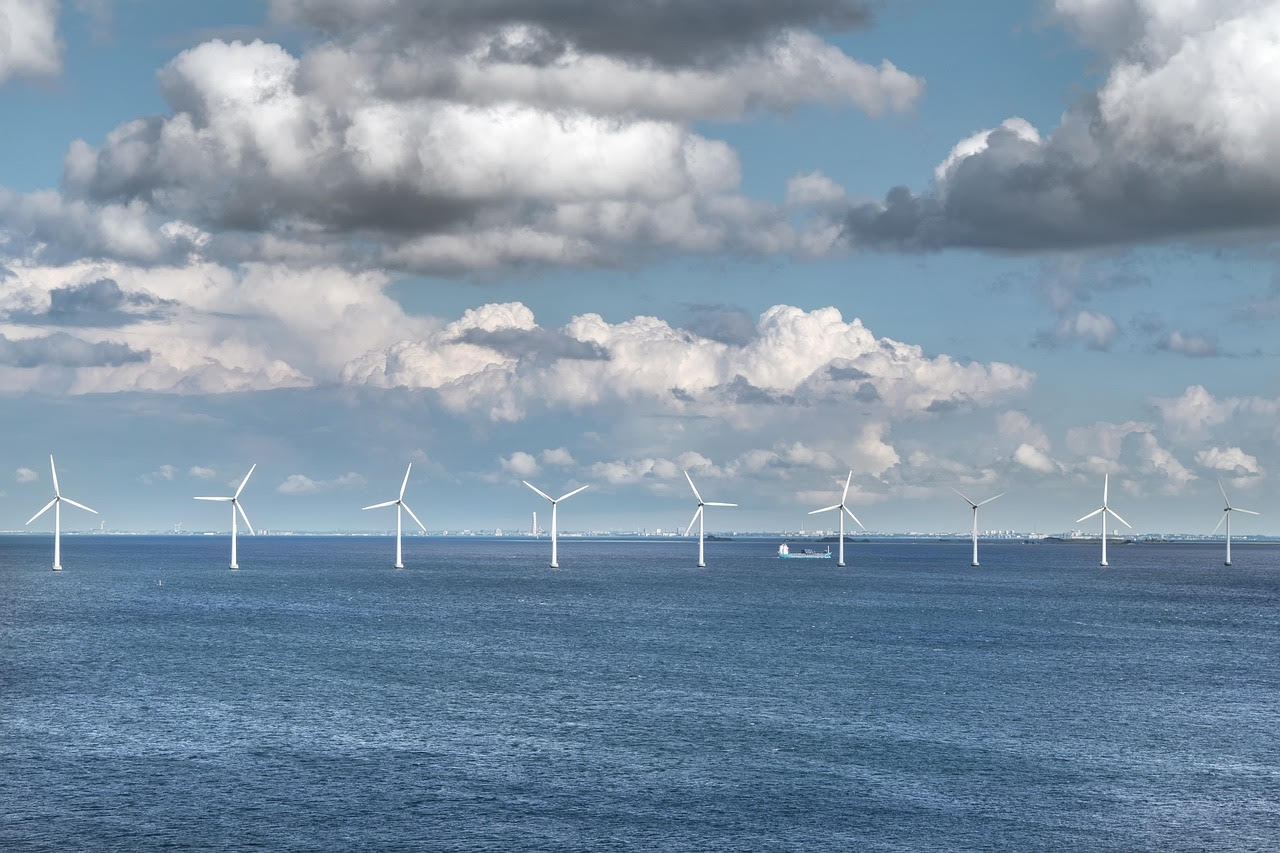In the face of global climate challenges and shifting geopolitical landscapes, Lithuania is positioning itself as a renewable energy leader in the Baltic region. With strategic investments in offshore and onshore wind energy, the country is demonstrating how the green transition can serve both immediate energy needs and long-term economic goals. This overview is based on information provided by Invest Lithuania, the country’s Investment Promotion Agency, which summarizes key investments in offshore and onshore wind energy.
Lithuania is making significant strides in offshore wind energy with plans to build two major wind farms in the Baltic Sea. Set to be operational by 2028, these projects represent an investment of €3 billion and are expected to generate 1.4 GW of electricity—enough to cover nearly half of Lithuania’s current energy consumption.
In a move to stimulate development in the sector, Lithuania has re-launched its second offshore wind auction, with results expected in 2025. The auction will allocate 700 MW of capacity with a total budget of €193 million, through a 2-sided Contract for Difference (CfD) with a 15-year duration. Notably, the auction will still be considered successful if only one bid is received, which reflects the region’s cautious approach to offshore wind.
The auction conditions stipulate that the developer will be responsible for the cost of connecting the offshore wind farm to the grid, adding a significant financial responsibility to any potential project developer. Aegir Insights highlights that developers may need to accept a relatively low internal rate of return (IRR) of ≤8.3% after-tax nominal, a factor driven by the relatively low subsidy budget.
Interestingly, the report notes that a higher strike price may actually result in a better return for developers by depleting the subsidy budget quickly, as opposed to a lower strike price that would spread the subsidy budget across the 15-year period. This insight reveals that a limited support budget coupled with relatively high electricity prices, net present value makes an impact on the project economics .
This ambitious initiative not only addresses the country’s energy independence goals but also aligns with broader European Union targets for renewable energy adoption. By tapping into the vast potential of the Baltic Sea, Lithuania is establishing itself as a significant contributor to the region’s energy transition.
Onshore Wind: Large-Scale Projects Shaping the Future
Lithuania’s commitment to wind energy extends beyond offshore projects. Several large-scale onshore wind farms are under development, further diversifying the country’s renewable energy portfolio:
– Kelmė Wind Farm: When completed in 2025, this will be the largest wind farm in the Baltics, boasting a capacity of 300 MW. The €550 million project is expected to provide clean energy for 250,000 households, underscoring its role in meeting domestic energy needs.
– Pagėgiai Wind Farm: Scheduled to open in 2026, this 264 MW facility will go beyond electricity generation. It will power an eco-friendly fertilizer plant, preventing over 200,000 tonnes of CO2 emissions annually. This integration of wind energy into industrial processes highlights Lithuania’s innovative approach to decarbonization.
Energy Independence and Economic Impact
The expansion of wind energy in Lithuania comes at a critical time as Europe seeks to reduce dependence on fossil fuels and diversify energy sources in the wake of geopolitical tensions. Renewable energy is not only a tool for sustainability but also a cornerstone of Lithuania’s economic strategy.
These projects are attracting significant foreign investment, creating jobs, and driving the development of local supply chains. They also position Lithuania as an increasingly attractive destination for industries that prioritize green energy, including manufacturing, logistics, and technology.
Source: Invest Lithuania & Aegir Insights













